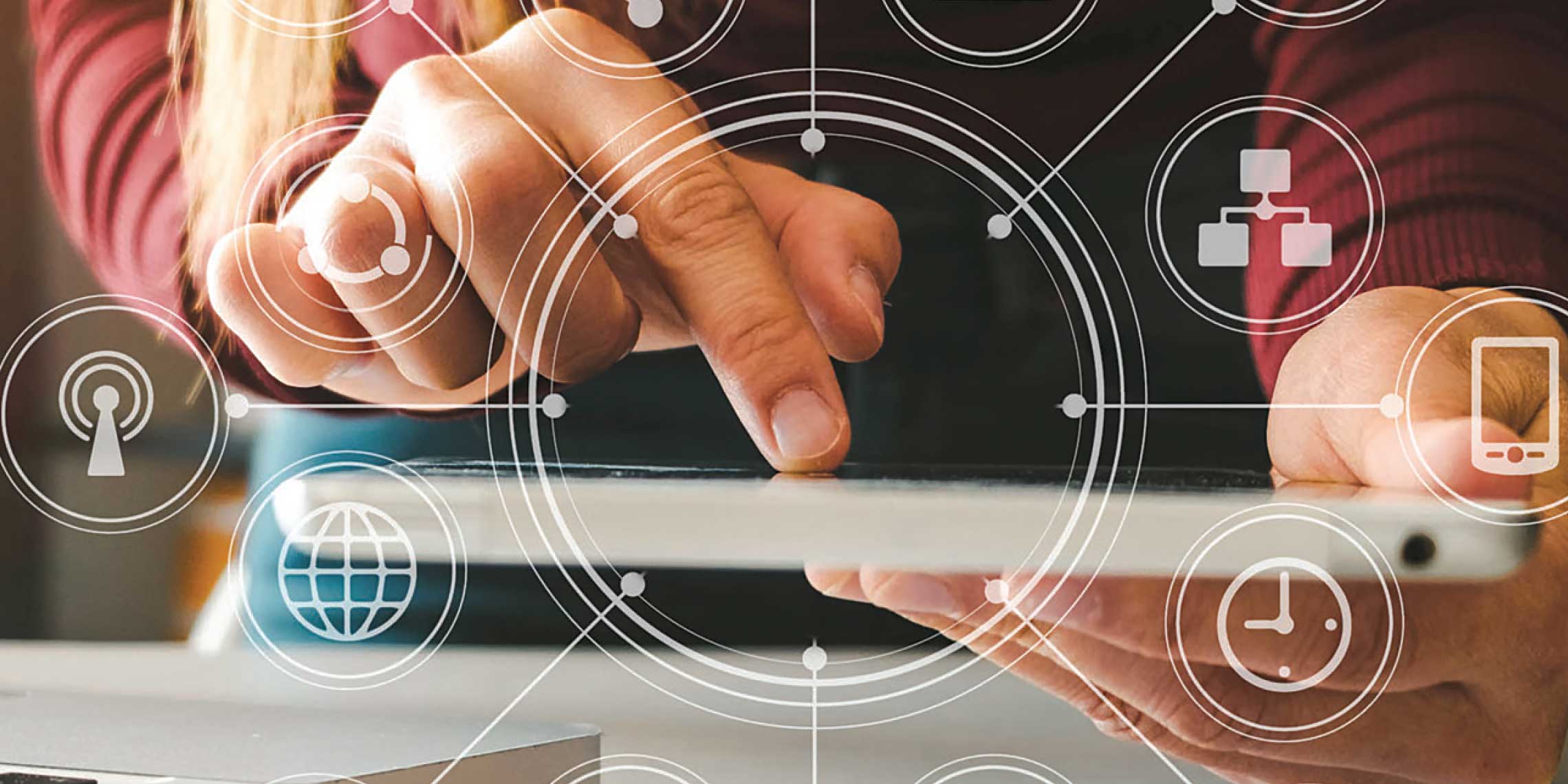Download our e-Treasury Secure Browser
Download the Sterling e-Treasury Token Client

Published on November 9, 2018 |
As digital retail innovations continue to flood the market, customers are learning to expect a flexible, efficient, and personalized experience when it comes to making purchases in all settings, both online and off.
Statistics support the need for a transition from merely engaging customers in a physical store to an omnichannel retail experience. Traditional retail stores ignoring or refusing to implement digital innovations are currently lagging and will continue to lag behind omnichannel and digital retailers. Within the United States, e-commerce sales account for 9% of total retail sales, yet account for less that 2% of revenue at Walmart and Target. Furthermore, according to the American Customer Satisfaction Index, online retailers, like Amazon, receive an average score 11 points higher than the average score of physical department stores.
This doesn’t, however, mean that the physical store is becoming obsolete—instead, it’s vital that retailers recognize the distinct values held by physical retail above digital retail and capitalize on those values. These values include but are not limited to the ability to try out products, immediate satisfaction from the purchase, and face-to-face interactions with salespeople and other customers. In comparison, the values of internet retail lay largely in efficiency—the ability to purchase whenever and wherever, customer reviews, and personalized recommendations based on past purchases and viewing history.
A truly successful omnichannel strategy allows the customer to achieve the tasks they want to achieve across multiple platforms—online, on their phone, and in the store—and to easily switch between these experiences without losing efficiency. For an excellent example of omnichannel retailing, take a look at the Starbucks app, which seamlessly transitions customers from online to in-store. With the ability to pre-order your coffee, skip the line, pay and tip, and redeem rewards through the app, the coffee-ordering experience has become more personalized for everyone from the busy professional to the tech-savvy teen. Consumers are responding—nearly 30% of Starbucks’s 2017 third-quarter sales came from the app.
As customers trickle out of the store and onto the internet, it’s time for retail stores to recognize the value of providing an omnichannel retail experience and respond accordingly.
Ready to branch out? Take a look at how you can help your customers transition from online to offline:
From Online:
To Offline: